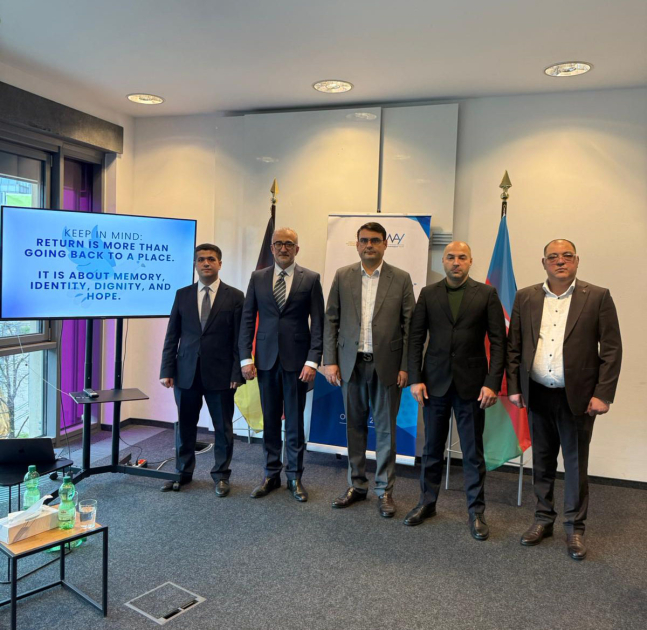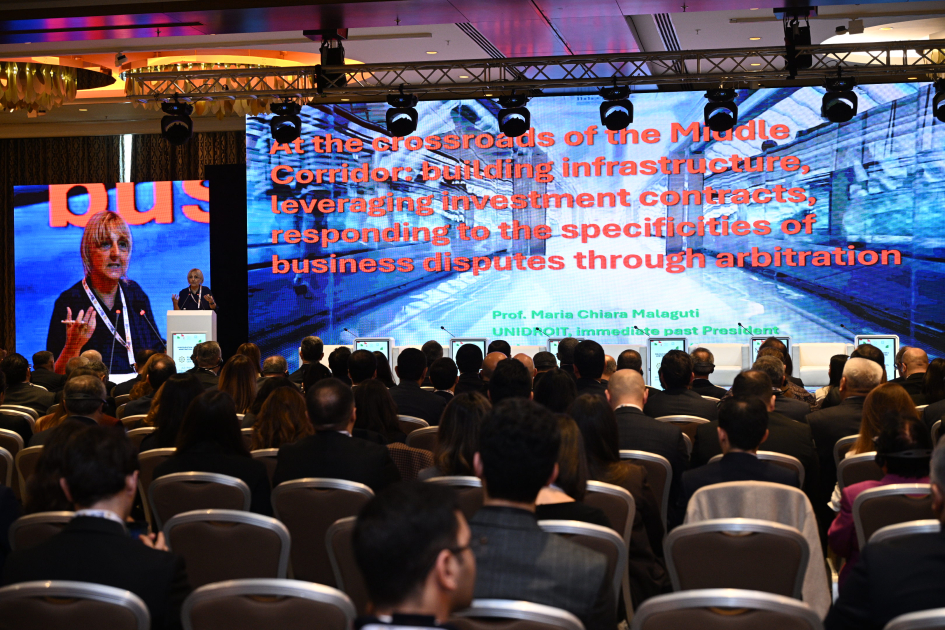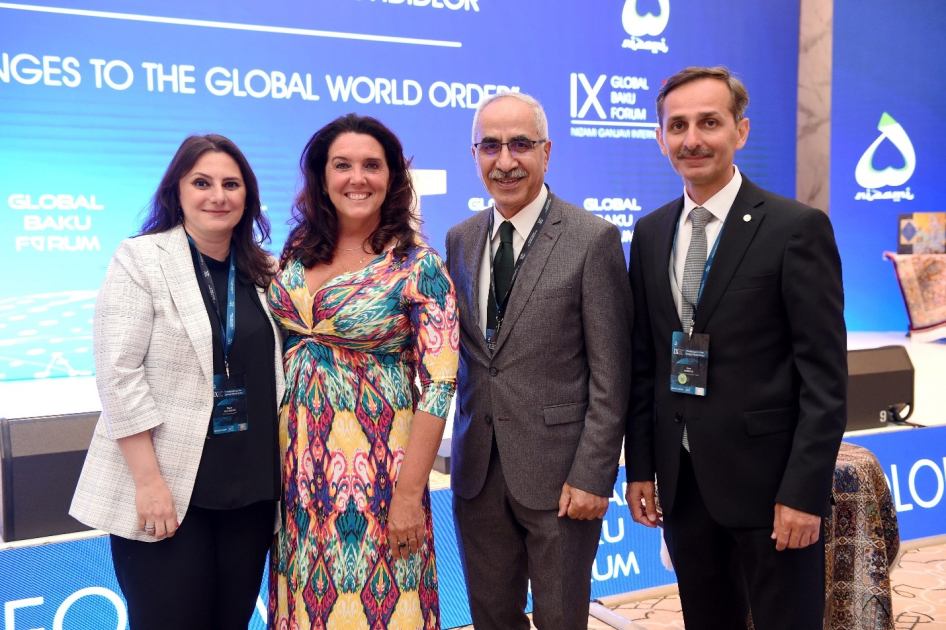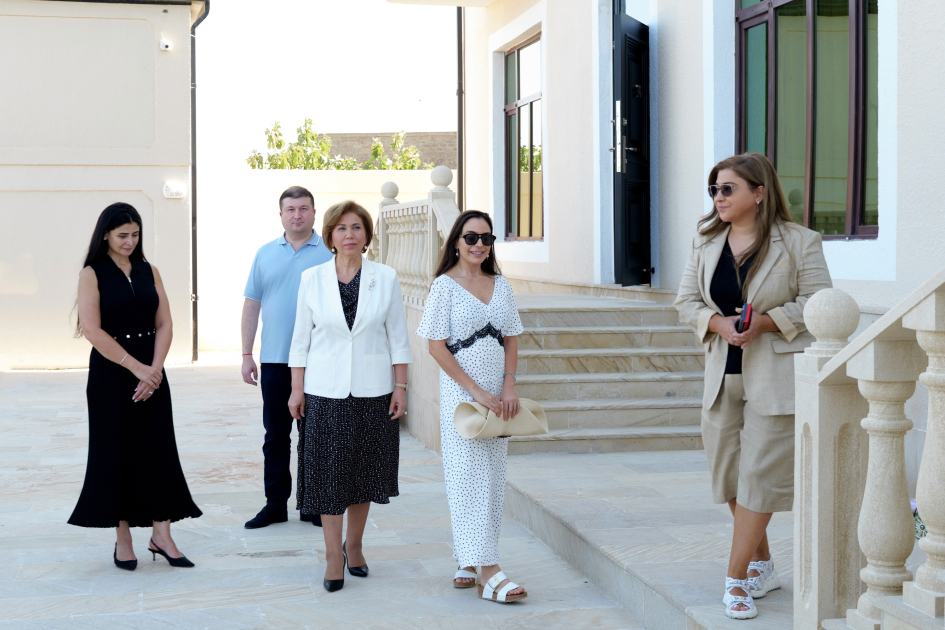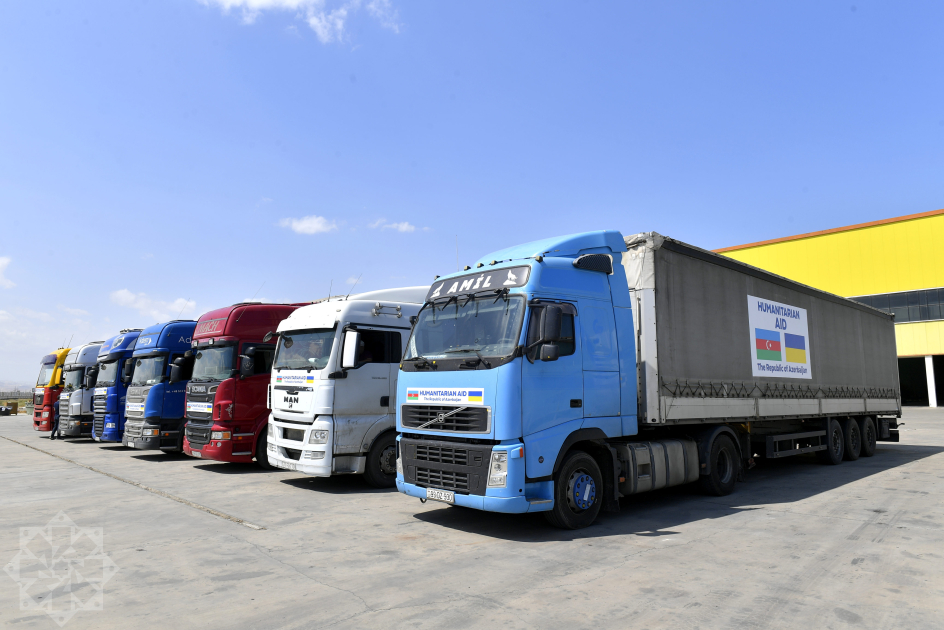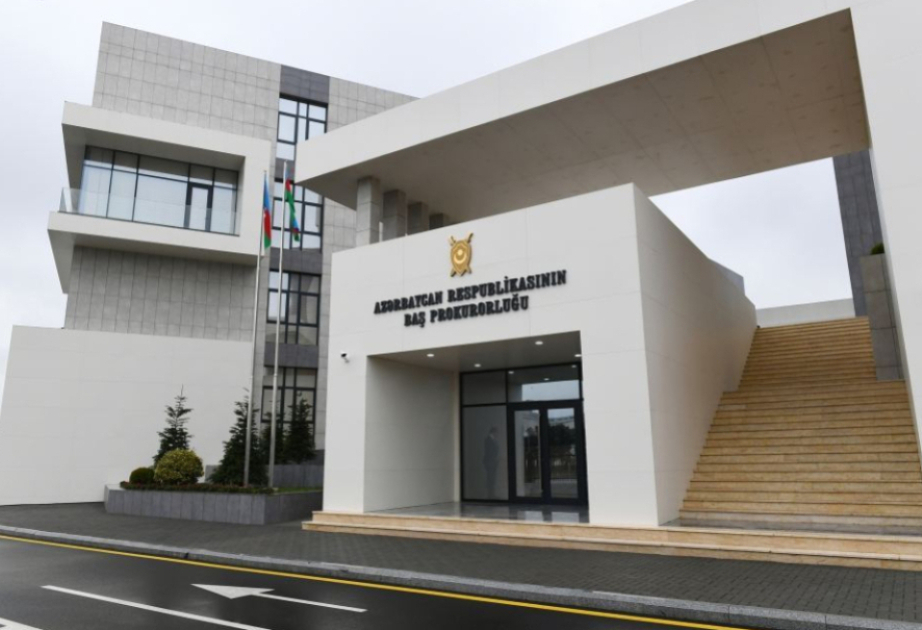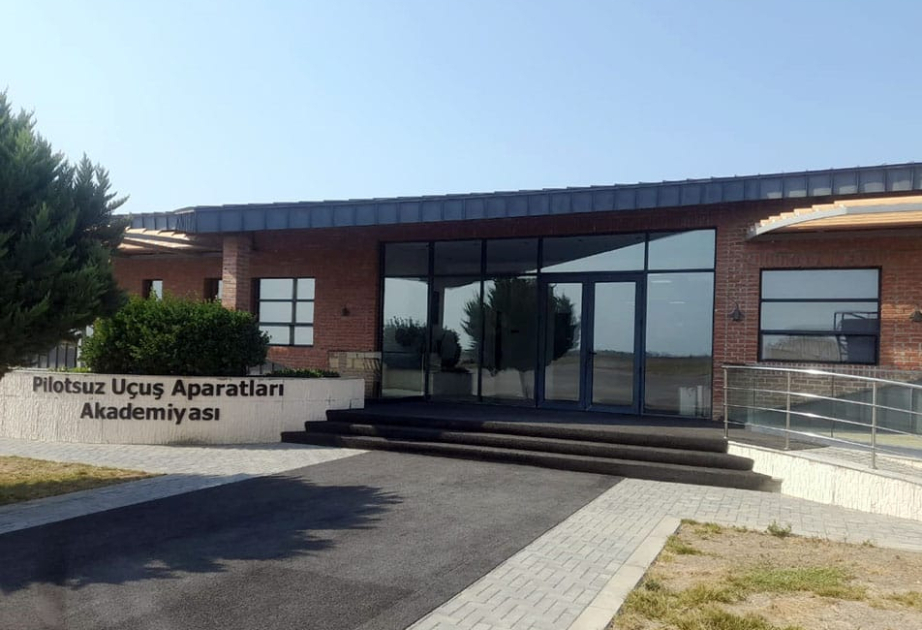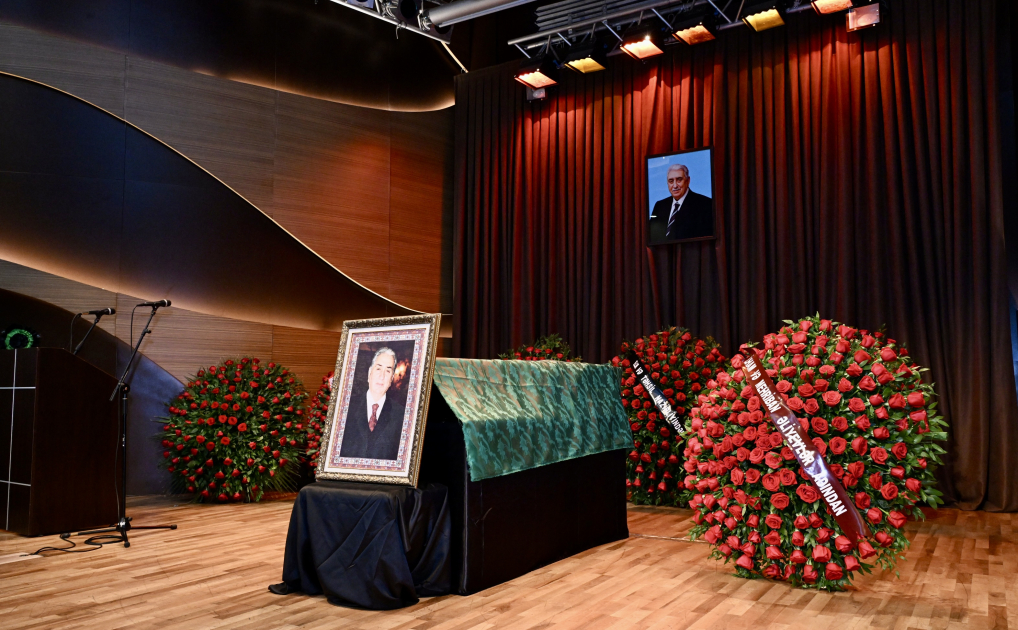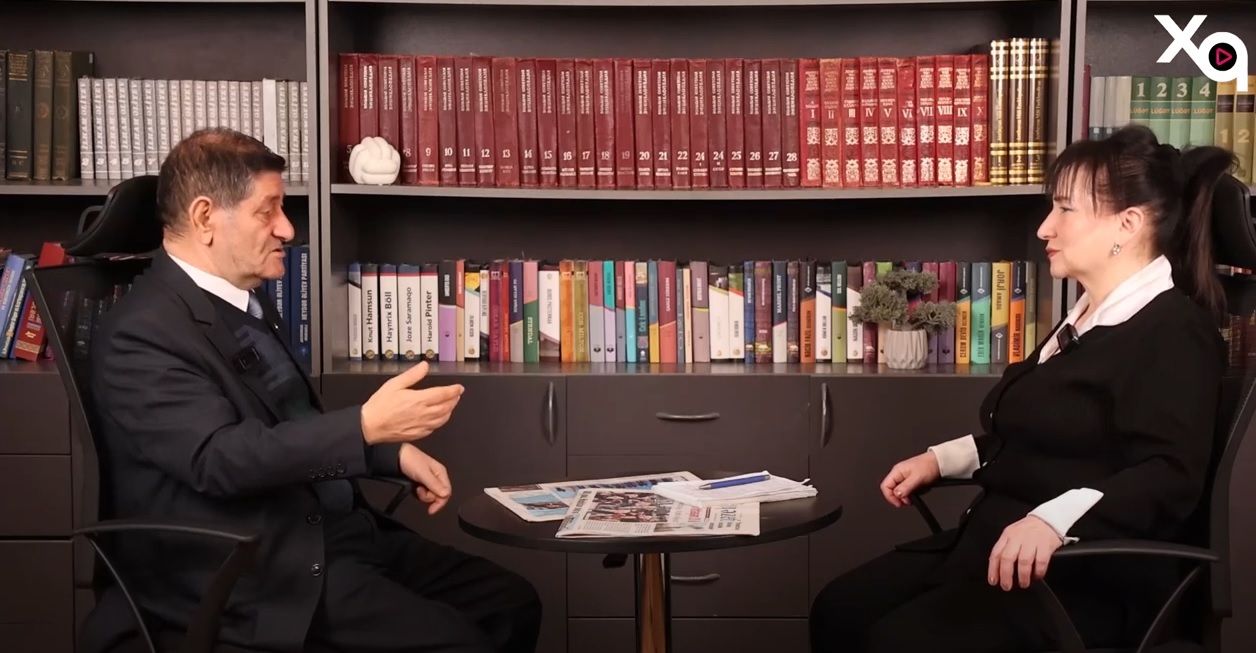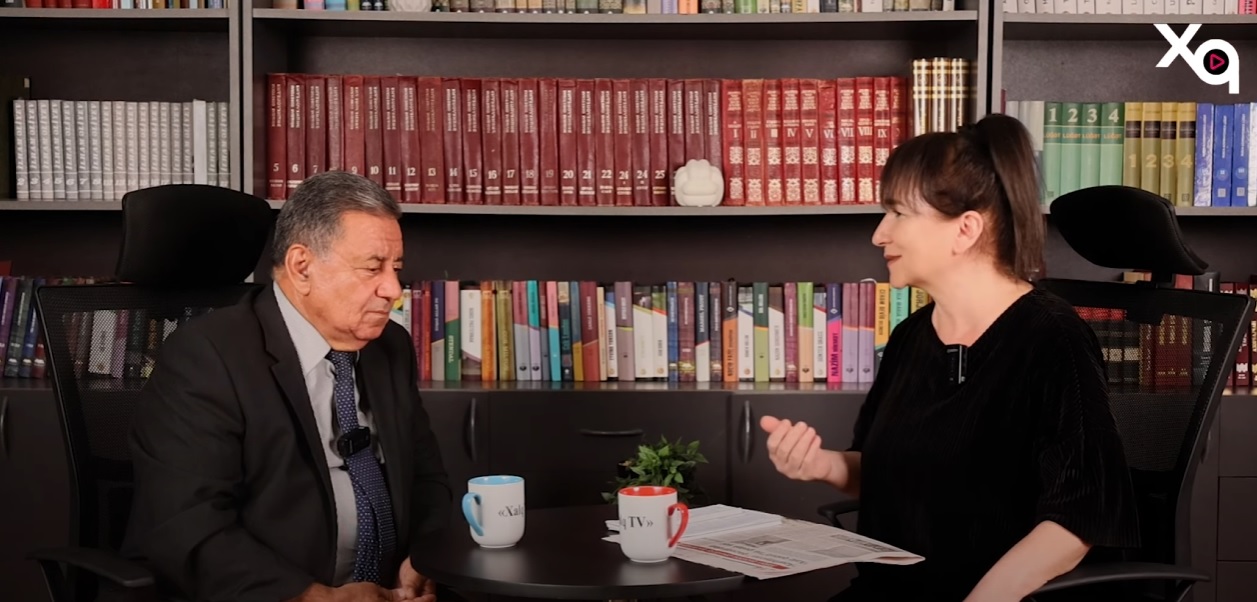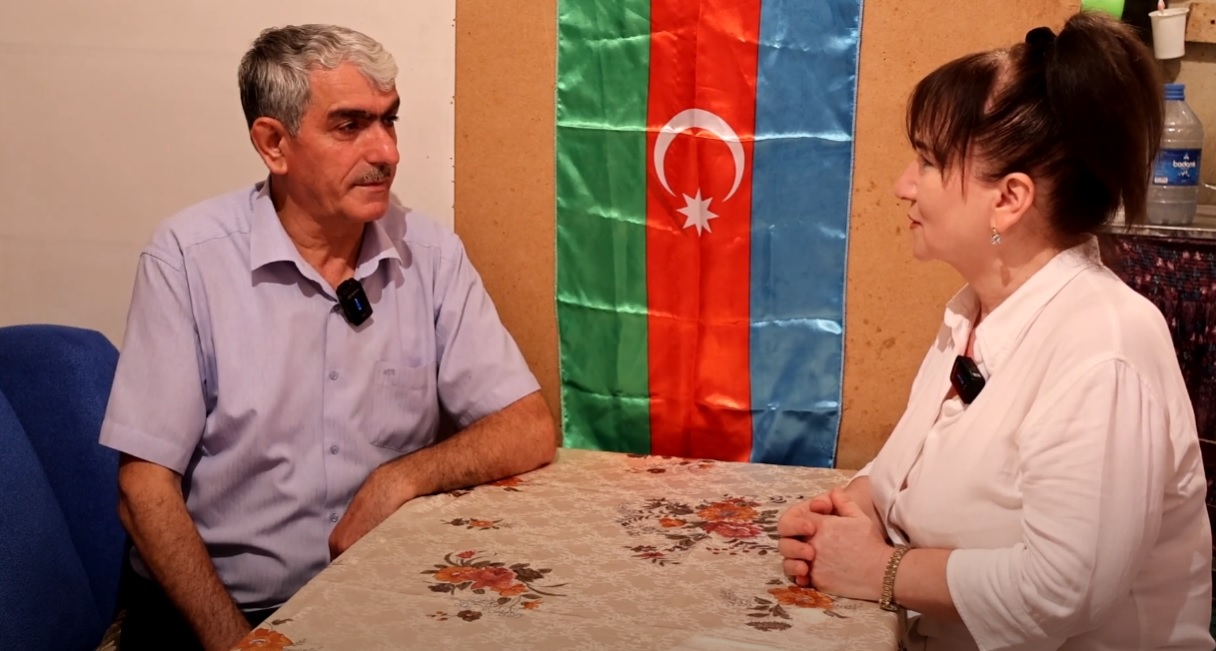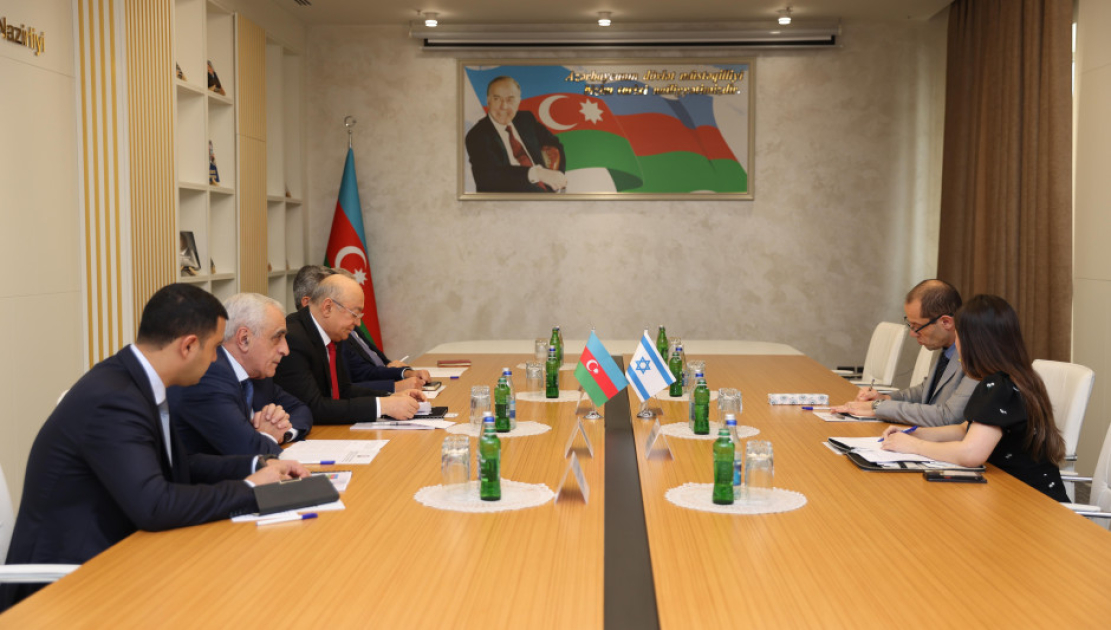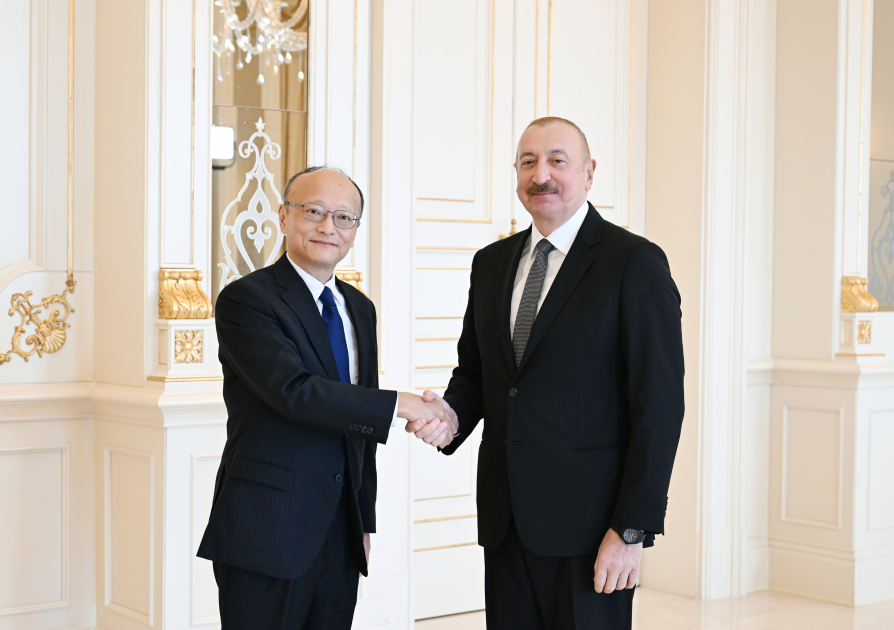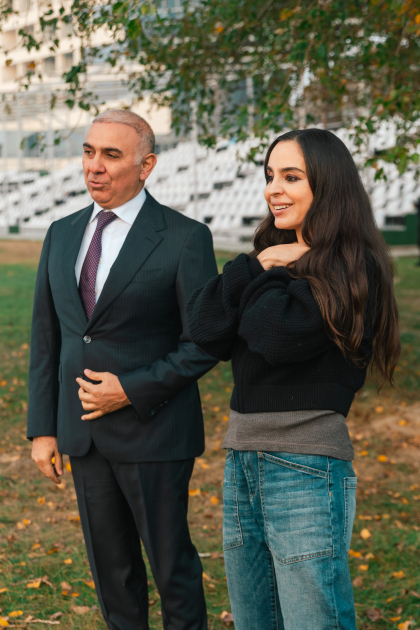ByJERUSALEM POST STAFF
"We understood that metal production was carried out in the 4th and 5th centuries AD," says Prof. dr. Çekilmez.
Excavations at the ancient city of Tralleis in Turkey’s Aydin province would continue, said Murat Çekilmez, a faculty member of Aydın Adnan Menderes University and head of the dig, according to Anadolu Agency. The team focused on three villa complexes west of the site’s colonnaded street, each covering about 2,500 square meters and first built roughly 2,000 years ago.
“These villas were specially built, and we are working in an area dating back 2,000 years,” said Çekilmez. The current stage concentrated on revealing street-facing shops and the workshops believed to extend north of one residence.
“The most important data for us was the existence of clay molds made for the production of those soldiers' belt buckles in the excavations we conducted in 2025,” he said. Workers uncovered multiple molds, raw fragments, and finished buckles, indicating metal production in the fourth and fifth centuries CE.
“To generate income, they converted the back parts of the shops into workshops, and it completely involves bronze production,” said Çekilmez. He noted that the façades of the villas contained commercial rooms and that production zones likely continued farther north.
Findings showed the villas belonged to land-rich Roman nobles. “This was a family's living area, and there were about 20 slaves,” he said. The dwellings followed a typical Roman plan with an open central courtyard and male-oriented rooms, while onsite workshops helped cover the large household’s expenses.
“With the arrival of the Byzantine period, daily life began to change gradually, and they added small churches or chapels inside the houses,” said Çekilmez. Metalwork linked to the Roman military, especially belt buckles, appeared to have been a major economic activity.
Archaeologists planned to uncover additional workrooms and storage areas in the coming months and aimed to clarify how residential, commercial, and industrial functions blended along the colonnaded street.




